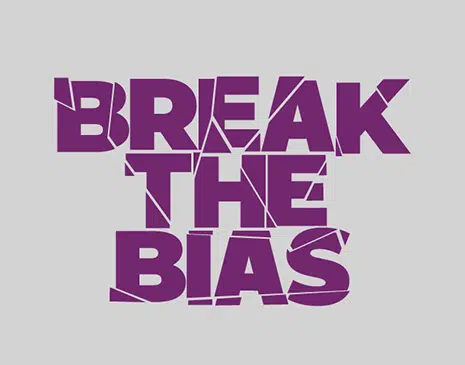Gender bias, also referred to as sexism, is the tendency to prefer one gender over another without any logical reasoning, and we’ve all experienced it in one form or another. It’s no secret that men dominate the workforce, leaving women in the shadows to tolerate bias in the forms of salary discrimination, sexual harassment, fewer development opportunities, pregnancy risk, and a solid glass ceiling when it comes to promotion. Gender bias in the workforce totally bites. So, it’s time to load your arsenal with these 5 ways to reduce gender bias in the workforce.
Develop self-awareness
A personal lack of awareness can cause unconscious bias in the workplace that’s easily overcome by paying attention to your first reactions. By slowing down and taking the time to consciously focus on your initial reactions, you’re enabling yourself an opportunity to challenge your judgements and implement non-biased actions. Remember; solid behaviours are formed via the regular practice of small daily habits.
Be accountable for your words and actions
When it comes to gender bias in the workplace, there is huge growth in personal accountability. If you get something wrong, make an effort to apologise and accept accountability for your actions. The only way to move forward and combat bias is through respect, transparency, honesty, and accountability. Gender bias has been occurring for so long that we’ve all become guilty of making the odd mistake here and there. The important thing is to try to avoid making the same mistake twice.
Stand up for gender bias
You’ve likely heard the saying, “Nothing changes if nothing changes”. Five simple words that couldn’t be truer when on the topic of gender bias in the workplace. If a co-worker is constantly swaying into the field of gender bias, politely speak up. They may not even be aware of their actions and how they’re affecting other employees. Be the change you wish to see if your workplace.
Give everyone a seat at the table
When working on campaigns or large projects, try to form diverse teams of employees featuring both genders. Male and female employees bring completely different perspectives to the table. Great solutions aren’t formed by teams of clones. They’re formed by diverse groups of people with individual perspectives gained from lifetimes of experience.
Advocate for inclusive work environments
Physical office space can play a big role in creating equal comfortability of men and women at work. In company offices dominated by men, it’s rare to find a mother’s room for women to breast pump, or sanitary disposal bins in the restrooms. If you feel your work environment could be more gender inclusive, speak up.







